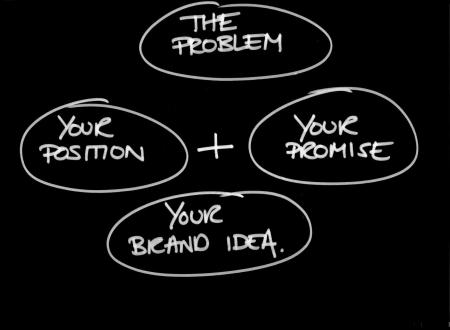There’s a quiet revolution playing out amidst the advertising fraternity. The advertisers are attracted by the new possibilities that emerge when the world is viewed through the behavioural economics lens: the study, if you like, of how people actually behave rather than how more theoretical models declare that they should. They are looking to behavioural economics to help find new ways to influence the decisions we take, as consumers.
Many behavioural economists describe their discipline as a complement to the world of classical economics: an alternative framework to the centuries-old view that economic agents behave consistently and rationally, choosing the best outcome in every situation, making the right decisions in a world of perfect information.
In fact, it is a much more direct challenge to the old orthodoxy than this suggests.
To the layman at least their observation and experiment-rich brand of psychology (a worldview that accepts that humans are irrational, inconsistent and don’t always act in their best interests) explains far better the world around us: be it stock market bubbles or conspicuous consumption.
The advertising industry, of course, instinctively understands this ‘new’ economic startpoint. It has long understood that decisions are often made habitually, emotionally and on the basis of what others think or will think; at odds, in other words, with the classical economist’s predictions.
Although you will still hear the term ‘USP’ lazily bandied about, it long ago enlarged its mental model of ‘how advertising works’ from one where the unadorned statement of a product’s unique advantage would coerce the attentive and rational consumer into forming a preference for it.
A behavioural economics perspective is not, then, a bolt from the blue for advertising folk.
At its broadest, behavioural economics reminds us of the ‘status quo bias’ that keeps most markets stable (because we crave the familiar, and are adverse to the potential loss that attaches to a ‘new’ decision) and the ‘heuristics’, or rules of thumb, that we use to aid decision-making.
Brands, of course, are the ultimate heuristic: mental shortcuts that make potentially complex decisions simple for consumers. They speak to the ‘cognitive miser’ in all of us. Behavioural economics gives us also the notion of ‘anchoring’: that brand (and other) decisions are typically made in relation to other options, rather than in isolation.
This alone should provide food for thought and an obvious action plan for those advertisers and brand-owners who spend too much time staring at their own brand or campaign, and not enough understanding their competitors’. (Marketing history is littered with brands that were effectively repositioned by others while brand managers fiddled).
But whether or not the advertising fraternity has a long-lasting love affair with behavioural economoics – by its very nature, its focus on what people actually do – brings with it an overdue challenge to the implicit assumption in some corners of our industry that ‘brand’ and ‘brand image’ are the exclusive levers of marketing success.
Our impulse to understand behavioural economics, then, is a helpful corrective to lazy or narrow thinking; a reminder that attitudes to a brand will often follow rather than lead behaviour change and that an advertising campaign is one answer, not always the answer.
We would all do well to make the assumptions with which we market and advertise more explicit, a kind of ‘contract’ with our organisation and others that makes concrete our underlying beliefs. Meanwhile let’s remember that what people say about brands and what brands say about themselves is, in the end, less important than what people (and brands) actually do.
There’s always been this long-drawn debate about whether advertising is strongly persuasive or nudging?
And see how Haagen-Dazs used salience to create an all new product.
A version of this article appeared in Bangalore Mirror last month.
Image Courtesy: adverlab.blogspot.com



